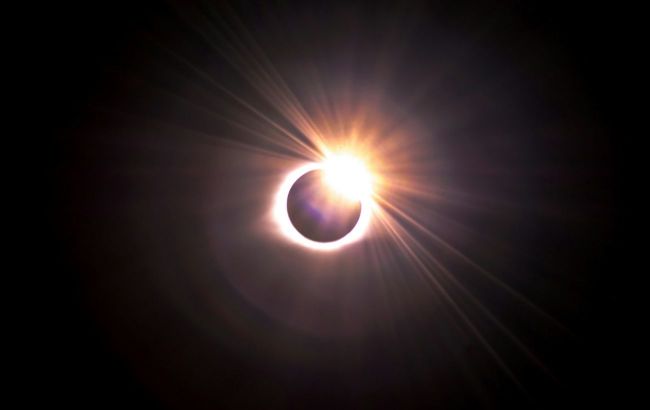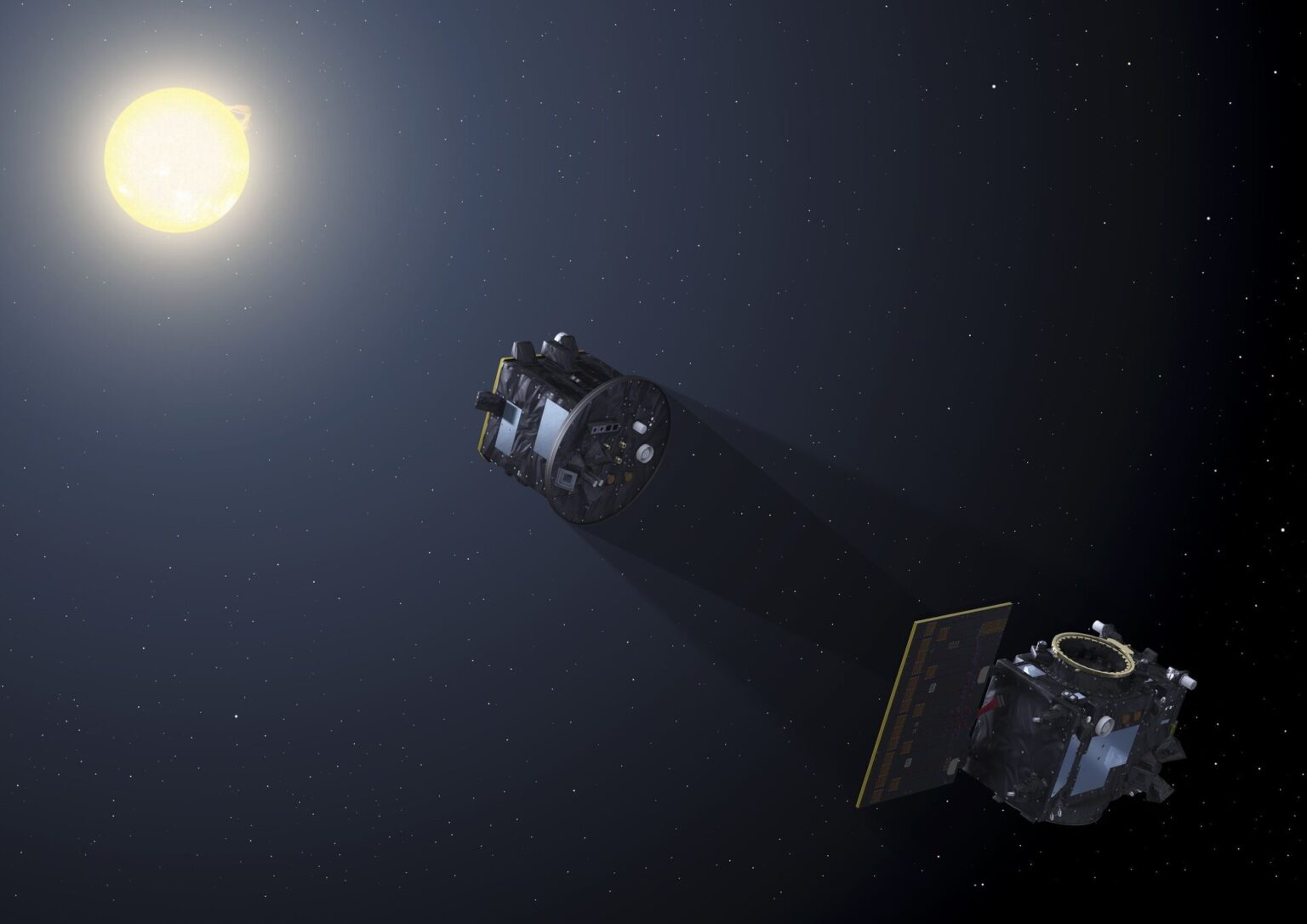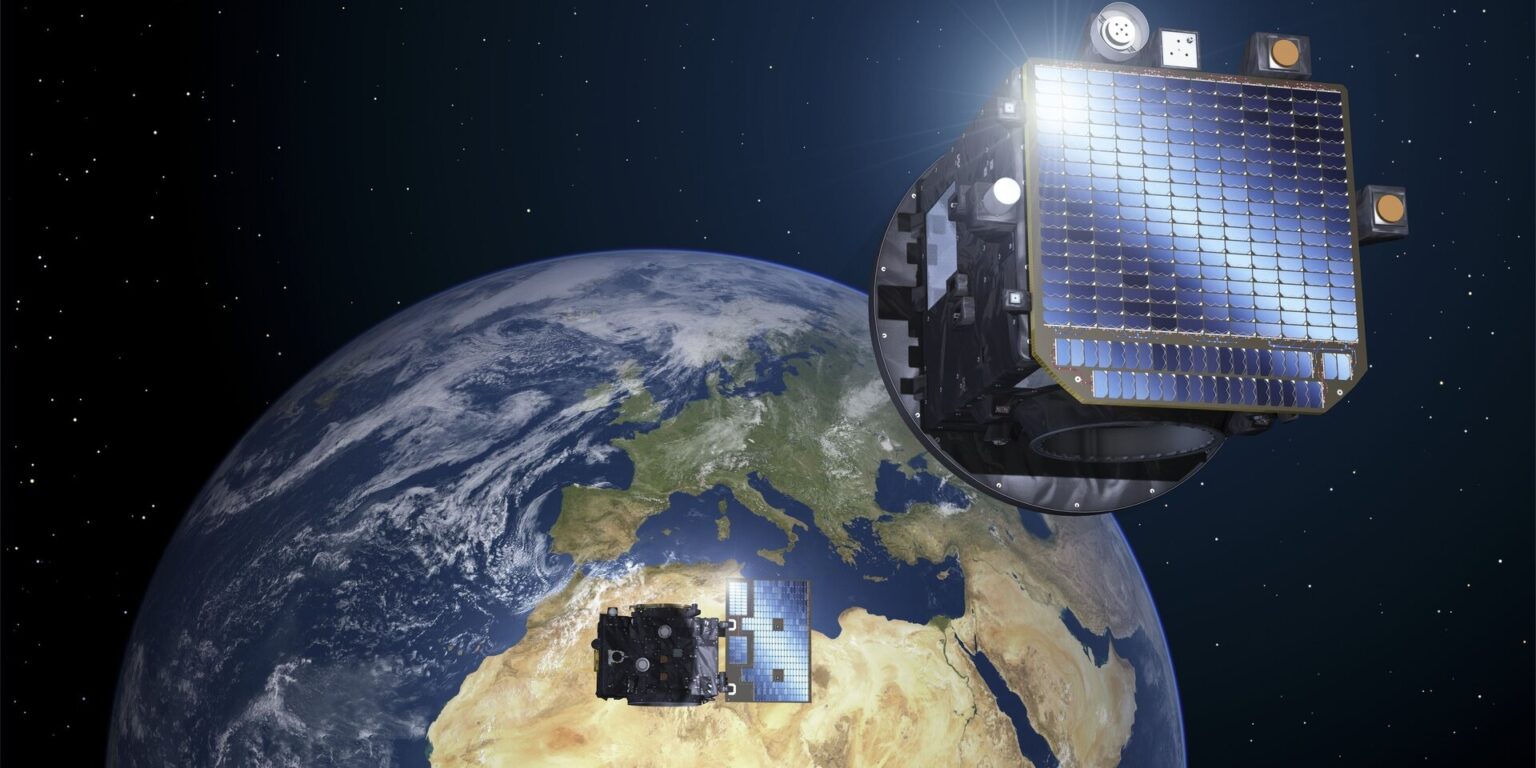Astronomers plan to create artificial solar eclipse: Reasons revealed
 The European Space Agency will create an artificial solar eclipse (Photo: Unsplash)
The European Space Agency will create an artificial solar eclipse (Photo: Unsplash)
The European Space Agency (ESA) is working on a project for artificial solar eclipse. Previously, such a thing seemed impossible, but thanks to modern technology, this remarkable idea is becoming a reality, according to The Verge.
The project, called Proba-3, was created to study one of the most inaccessible areas of the Sun - its hot corona.
The European Space Agency (ESA) plans to launch two separate spacecraft, placing them 150 meters apart from each other, so that one of them will block the Sun, leaving only its corona visible, similar to a mini-moon.
The other spacecraft will use an advanced coronagraph to observe the Sun's corona outside of the eclipse.

Proba-3 occulter blocks sunlight for a coronagraph (photo: ESA)
One of the most challenging tasks in this project will be the precise construction of satellites with millimeter accuracy.
It is expected that the Proba-3 mission will allow for a more detailed study of processes on the Sun and their impact on terrestrial weather. It also plans to measure the level of total energy emitted by the Sun.

The spacecraft will be located 150 meters apart (photo: ESA)
Currently, the two spacecraft are undergoing final integration, after which they will be sent into space in the fall using the PSLV-XL launch vehicle in India.
During the mission, scientists will not be able to observe the solar limb as closely as during a natural eclipse, but they will be able to collect data for several hours, not just 5-10 minutes.
It is worth noting that anyone interested will be able to see a total solar eclipse.
We also wrote earlier about how a solar eclipse looks from the Moon.

